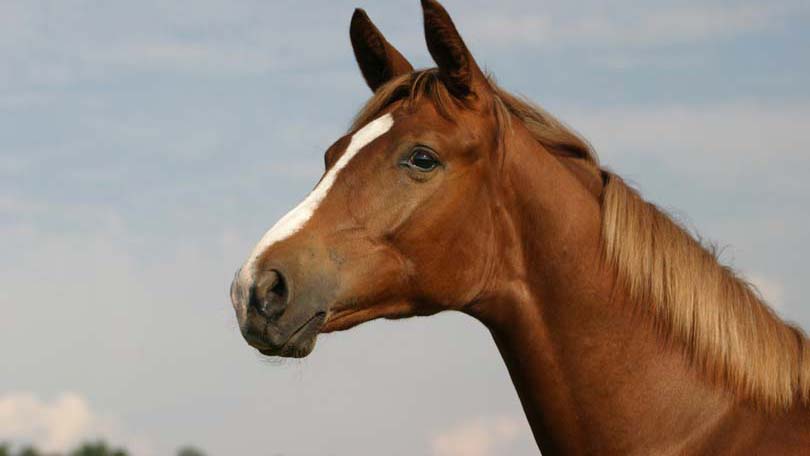
A bolting horse can be a dangerous animal. There are many reasons that cause an animal to undergo this type of behavior, and in order to solve the problem we will need to examine the causes.
Bolting can be the result of being spooked. Horses are flight animals, meaning they run away from scary or harmful situations. This is a natural instinct, and can be hard to retrain. Horses can be spooked by anything. A deer on the trail, a bird in the bushes, a bag blowing on the ground, a car’s horn, even some stationary object that is not usually there can be a scary proposition for a horse.
Improperly fitted tack can also make a horse bolt. A saddle that pinches at the withers or rubs that back can be painful, and horses run from pain. Bridles that are too tight around the poll can put pressure on the nerves in the horses face, as well as make the mouth sore. Check the bit that you are using. Harsh bits that are in untrained hands can make even the most broke horse upset, causing him to try and alleviate his discomfort any way he can. Girthing your horse can also cause your horse stress. A girth can be too tight, so be sure your horse is comfortable before you mount. It is not necessary to use all of your strength to cinch a girth. A clean and comfortable saddle pad is also a good idea. A pad with crusty sweat, dirt, or other particles can suddenly irritate a horse.
Some horse may bolt simply because they do not want or are afraid of being ridden. This can an especially dangerous situation, and should be handled by a professional in severe cases. These horses may not have been trained adequately or were scared or intimidated in the training process. In some instances it may be necessary to start from scratch.
In training a horse, the most important thing to do is to create a good mouth. This will come in handy for years to come, especially if the animal ever gets scared and bolts. A good mouth is a responsive mouth. Introduce bridles, tack, and training slowly. Some people prefer to “sack out” a horse. This technique can involve various objects being tied to the horse’s saddle and lunging him until he becomes comfortable with them. If the horse bolts when you try to mount, practice pretending to mount by lifting your leg into the stirrup until the horse accepts this by standing still. Then add the step of putting your weight into the stirrup and lifting yourself up. Repeat this step until your horse is at ease, until you can move into swinging the other leg over. Patience is your friend in this effort.
If you are in a situation with a bolting horse, you may need to utilize the one rein stop method. By just pulling back on both reins evenly, the horse can lean on that even pressure, or even grab the bit in his teeth, yielding your efforts useless. No human is going to out match the strength of a horse. By just pulling on one rein, the pressure is unevenly distributed in the horse’s mouth, and he cannot take advantage of this. Slowly pull the horse’s head to your leg. Making circles will also slow the animal into a stop.
A bolting horse can become a trusting companion; it will just take time and dedication on both of your parts.
